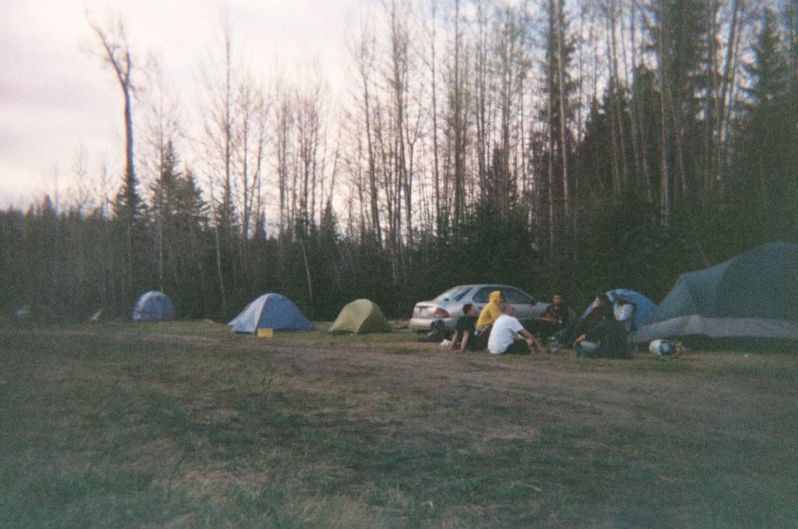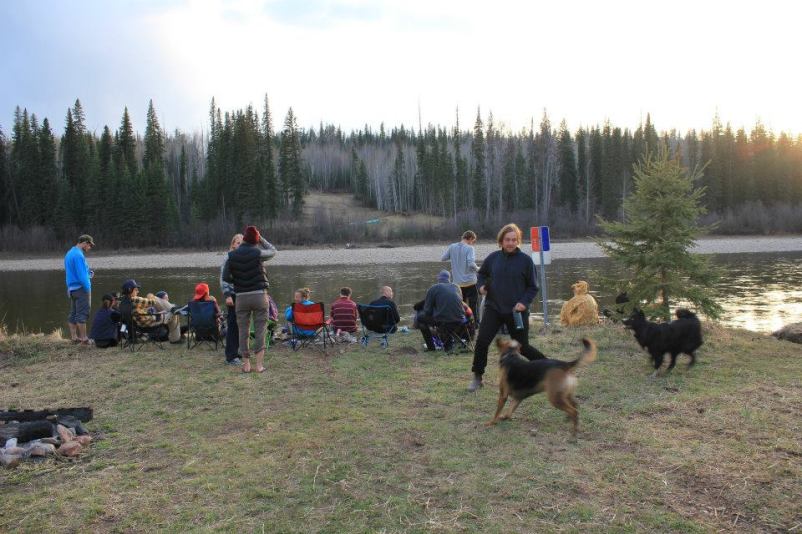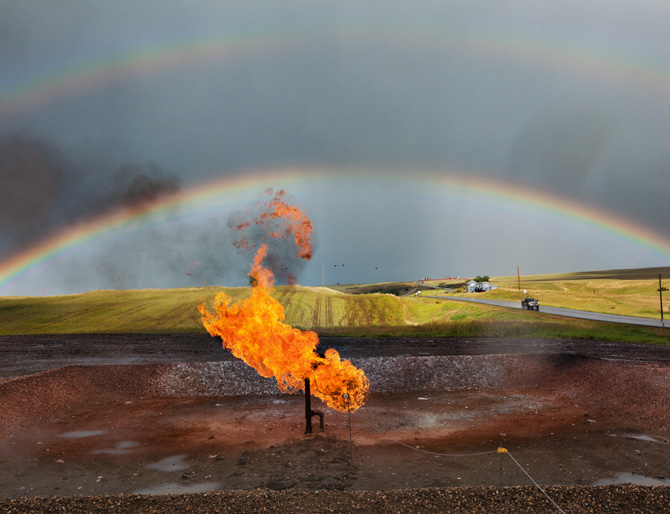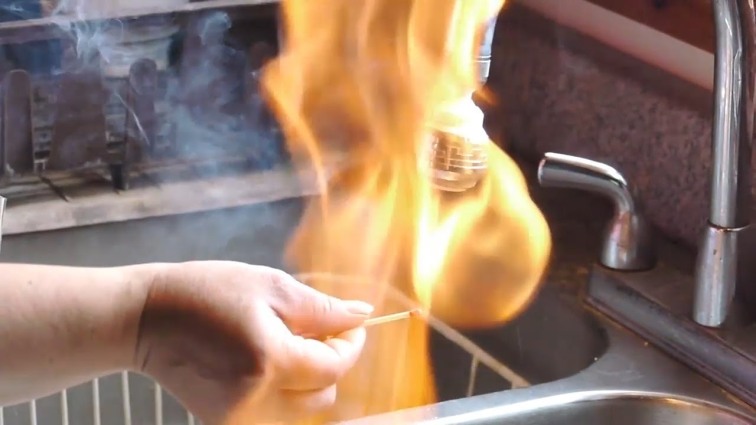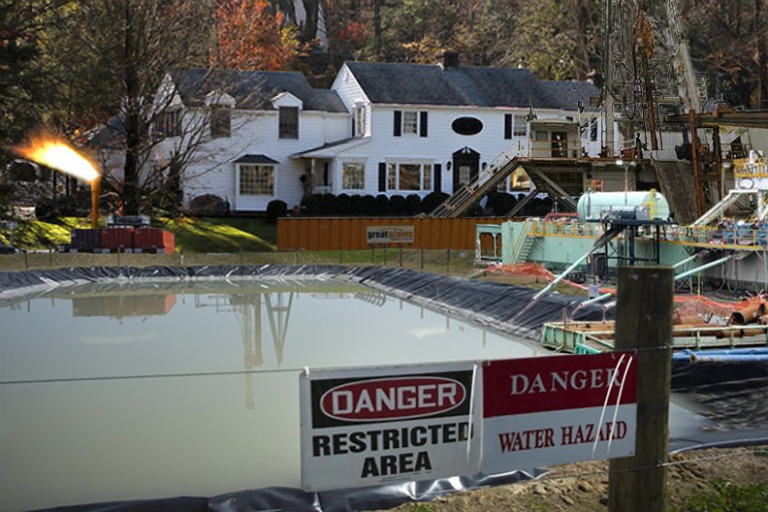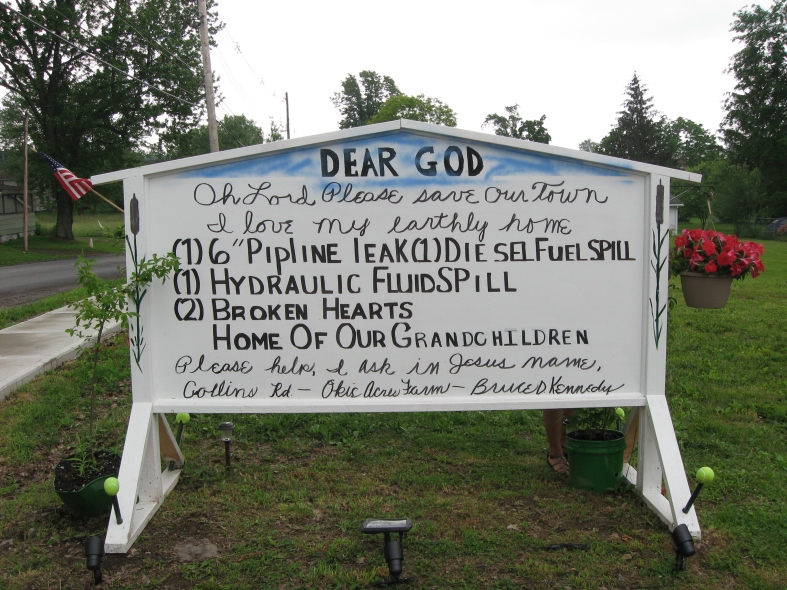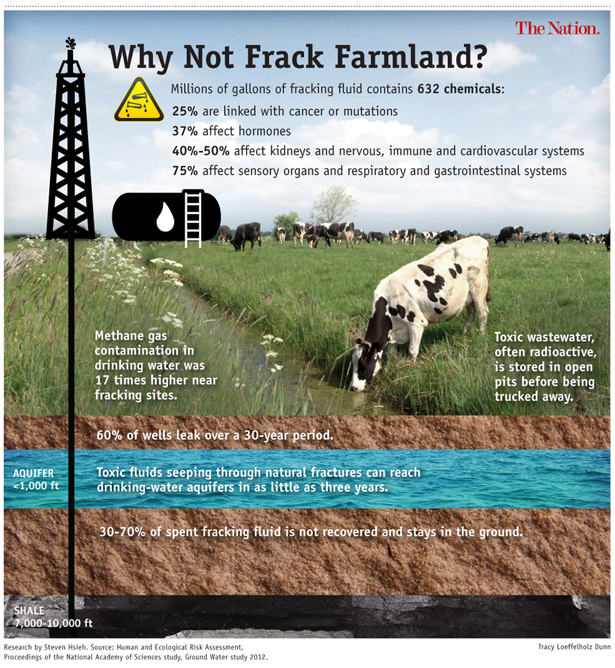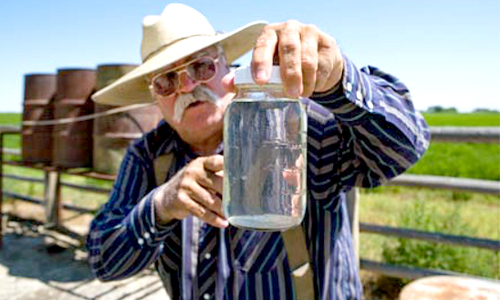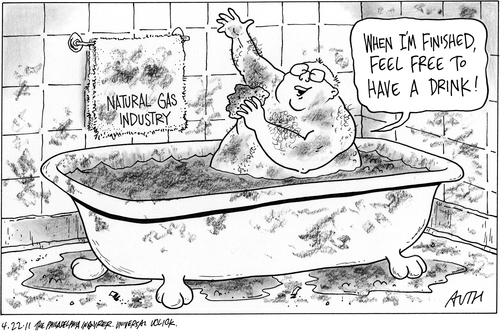Canada is reputed as a hotspot for the oil and gas industry, with fossil fuels forming a cornerstone of Canadian economic growth. This is broadly regarded as a positive aspect of our country, however, to me and many other Canadians, the opportunities associated with oil and gas are nothing in comparison to the irreversible damage the industry inflicts upon the vast wilderness Canada is known for. Through this blog, I wanted to learn more about this issue that is so contentious among Canadians, and shed light upon the dangers of hydraulic fracturing that are so often concealed by industry giants.
In Alberta, Canada’s crowing jewel of industry, extensive fracking operations have resulted in the endangering of several species, and the onset of a series of record breaking earthquakes. Recently in Fox Creek Alberta, a quake of a magnitude of 4.4 shook the region, an area where felt earthquakes are very uncommon (Nikiforuk, 2015). As discussed previously, fracking has been linked to increased seismic activity, and intensive drilling in this region by companies Encana, Chevron Canada and ExxonMobile provide proof of this correlation. Neighbouring operations in British Columbia have introduced a “seismic traffic system” that ensures operations are shut down if an earthquake grater than 4.0 is felt (Nikiforuk, 2015). However, in Alberta there is no such policy and fracking operations continue to accelerate.
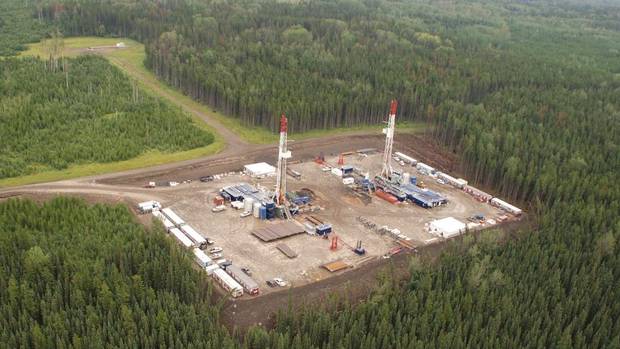
A new drilling operation constructed near our treeplanting camp in Grande Prairie between 2013 and 2014.
In Alberta, I have seen firsthand the destruction of the environment as a result of the oil and gas industry, and have also been subject to the withholding of information that oil companies practice in order to accelerate operations. For the past two years, I have spent my summers working for a reforestation company in Grande Prairie, located in the north western Alberta. Upon arriving in Grande Prairie, I was instantly overwhelmed by the prevalence of industry in both the city and the surrounding area. In Grande Prairie, you can drive 20 minutes in any direction and spot at least one oil rig. The city itself exists solely for the purpose of off shift oil riggers, a pure industry town similar to Bradford, Pennsylvania in its heyday. When I returned to Grande Prairie for my second summer of treeplanting, I was astounded to see how much industry had accelerated within the eight months I had been away. New rigs had popped up where forests had been, and more lease fires flaring out from newly developed operations could be spotted in the distance at night. Most shocking to me that summer however, was the direct impact the industry had upon our camp when a new fracking operation was undertaken by oil company Seven Generations.
Our camp where we stayed during the treeplanting season was situated along the Kakwa River, about an hour outside of Grande Prairie. A few weeks into the planting season, we received news that we would have to leave our camp as the location had been zoned for use by Seven Generations (7G). After much protesting with the company, we ended up sharing the land with 7G as we had no other location to base our operations. So, our camp became home to a constant stream of 40,000 liter tank trucks trailing in and out with water pumped out of the Kakwa. A large pump was installed at the river bank, that allowed water to be pumped out and into the trucks 24 hours a day, 7 days a week. This was disruptive to us as the pump was loud and the trucks required floodlights to be on at all hours. We were told the water was used to run through rigs as a cooling mechanism, however many of us had our suspicions that the water was for fracking purposes. This lead me to further research the operations carried out by 7G and in turn for the purpose of this module, explore the associated effects.
Without having to delve far into research, I discovered the true purpose of 7G’s invasion of our camp from a report on drilling operations located on the Montney Shale formation of British Columbia and Alberta:
“At its Kakwa River project in Alberta, “7G” has demonstrated its expertise in applying directional drilling and hydraulic fracturing completions technology to develop its tight liquids rich gas resource. The company reported its second quarter production at 24,000 barrels of oil equivalent per day.” (Gault, 2014).
It appears that during our first weeks of frack-free peace at the Kakwa, 7G had been busy coming to an agreement with Schlumberger Canada that provided the company with the “spread” to be deployed at a new project at the Kakwa River. The spread is a term used to describe the equipment required to blend and pump the chemical concoction used to frack gas bearing rock. Shortly after provision of this spread, 7G arrived at our camp and began extensive pumping of water from the river (CNW, 2014).
Now that I am more informed of the dangers of the fracking process, I am deeply concerned to see the state of the Kakwa river ecosystem upon my return to Grande Prairie in May. I am also assuming to see a greater acceleration of industry operations throughout the region as I have previously observed. However, through research conducted for this blog, I now feel as though I can see through the deceptions the oil companies supply us with, and I have grasped the severity of the situation in Canada. I hope to inform my co-workers and friends of the dangers of fracking to foster awareness that can help others make informed political decisions regarding the health of our country. The current government in Canada is exacerbating the already critical state of the environment in Canada, and I can only hope that growing awareness among Canadians of the irreversibility of these actions can contribute to the formation of a more responsible government.
According to Henry David Thoreau, complacency is one of democracy’s greatest weaknesses. We can no longer afford to be complacent.
Sources and Further Reading:
- CNW(2014). Seven Generations Announces Hydraulic Fracturing Deal with Schlumberger Canada. PR newswire company. http://www.newswire.ca/en/story/1422208/seven-generations-announces-hydraulic-fracturing-deal-with-schlumberger-canada
- Gault, S. (2014). Seven Generations Energy moves closer to IPO :Market could value Montney-focused energy junior in the $1 billion range. http://www.albertaoilmagazine.com/2014/09/seven-generations-energymoves-closer-ipo/
- Nikiforuk, A. (2015). Did Alberta Just Break a Fracking Earthquake World Record? Regulator says drilling likely triggered 4.4 temblor.ca http://thetyee.ca/News/2015/01/29/Alberta-Fracking-Earthquake/

